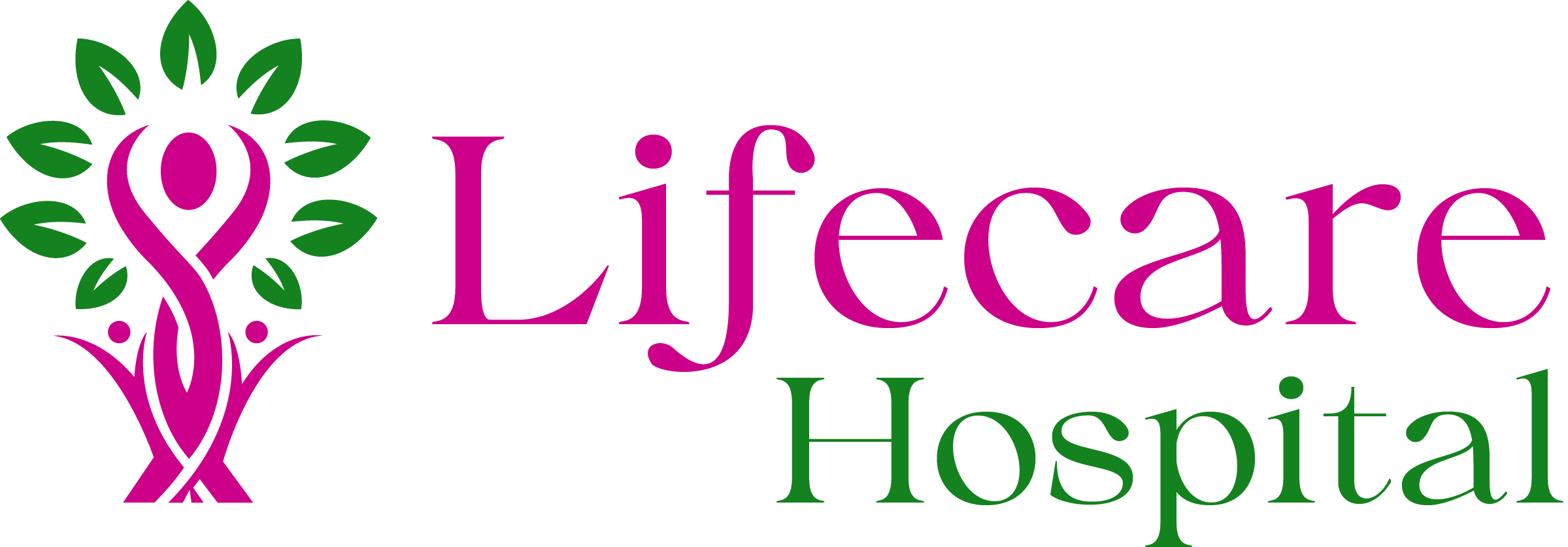- Home
- Services
LASER SURGERIES
Anal fissures, polyps, and hemorrhoids are extremely prevalent conditions in the general public. They frequently result in extremely unpleasant and uncomfortable symptoms, which prompt patients to consult a doctor in quest of prompt and efficient ways to lessen their suffering and enhance their quality of life.
LASER TREATMENTS
- Hemorrhoidectomy procedures
- Anal fissure and echtropion coagulation
- Anal fissure excision
- Anal stenosis ablation
- Pilonidal cyst
- Condyloma
- Polyposis of colon
- Villous adenoma
- Acquired and congenital fistula and tumor
Hemorrhoids (Piles)
Hemorrhoids' vascular component can be precisely treated thanks to the use of lasers. Because the perianal skin is not removed during the treatment, there is less postoperative pain than with traditional methods. The aberrant hemorrhoidal tissue might be destroyed simultaneously with the coagulation (clotting) of the arteries supplying the hemorrhoids by the laser's radiation.
Advantages of the Laser
- Shorter and less painful postoperative
- Accuracy in cutting and coagulation
- It can be done on an outpatient basis
- Quick return to usual activities
Fistula
The anal sphincter is spared from harm when the fistulous tract is destroyed with a laser fiber with circumferential emission. One sphincter-preserving method for treating anal fistulas is laser ablation, which is especially useful for patients with complex fistulas, incontinence, or women who are at a high risk of incontinence.
Advantages of the Laser
- Less postoperative pain
- Optimal aesthetic result
- Destruction of the fistulous tract exclusively
- Preservative technique of the anal sphincter (without risk of incontinence)
Fissure
Anus wounds with a chronic anal fissure typically cause excruciating agony and bleeding. Its creation and persistence are interfered with by the anal sphincter's spasm. The anal sphincter's partial section and its removal are the two methods used to treat the fissure. By reducing the dangers associated with surgery, the laser makes it possible to conduct an accurate section under ultrasound guidance.
Advantages of the Laser
- Corte y coagulación precisos
- Sección controlada del esfínter anal
Pilonidal Sinus
A tiny opening or tunnel in the skin is called a pilonidal sinus (PNS). An abscess or cyst may occur when it fills with pus or fluid. The cleft at the top of the buttocks is where it happens. Hair, filth, and debris are typically seen inside a pilonidal cyst. It frequently becomes infected and can cause excruciating agony.
Varicose Veins
Veins that are twisted and swollen, known as varicose veins, are commonly found in the legs, right beneath the skin.
Overview: A frequent ailment known as varicose veins is brought on by weak or damaged vein walls and valves. Every time blood pressure inside a patient's veins rises, varicose veins may develop.
They occur when the blood does not flow through the veins efficiently due to malfunctioning valves.
Although treatment for veins is rarely necessary for medical reasons, it is an option if the condition causes significant discomfort and results in legs that bulge, hurt, or ache.
There are other choices, including some do-it-at-home solutions.
In extreme circumstances, a varicose vein may burst or turn into a varicose skin ulcer. They will need to be treated.
